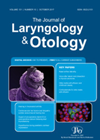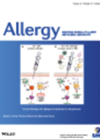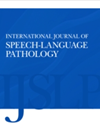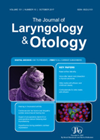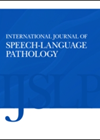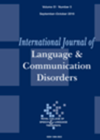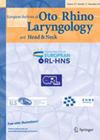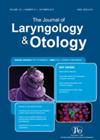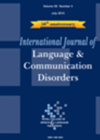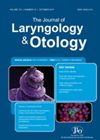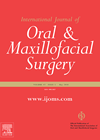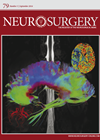
Journal Reviews
A comparison between ultrasonography-guided drainage with open surgical drainage of deep neck space abscesses
A comparison between ultrasonography-guided drainage with open surgical drainage of deep neck space abscesses Neck space abscesses are common; conventional drainage involves intra-oral or extra-oral approaches. The former can compromise the airway and the latter can cause neurovascular injuries, scarring...
Sublingual house dust mite immunotherapy
House dust mite immunotherapy in allergic rhinitis was shown to be effective in trials with a relatively small number of participants. The authors of this study performed a multicentre double-blind randomised controlled trial to investigate effects of house dust mite...
Planning for end of life care: is there a role for the speech and language therapist?
This article presents a scoping review of the research literature on the role of speech and language therapists in palliative care settings. The researchers conducted a search using several electronic databases focusing on palliative, terminal and end of life (EOL)...
A comparison of same day with staged bilateral cartilage graft tympanoplasty for tubotympanic CSOM
This randomised, controlled study compares the tympanoplasty outcomes in two groups of patients: one undergoing bilateral tympanoplasty on the same day (18 patients, 36 ears) and the other having the same procedure done on different days, with a gap of...
Positive practical communication skills for medics
Communication training for medical students generally focuses on communicating with unimpaired individuals. This article describes how a speech and language therapy department at the University of Gothenburg in Sweden trialled a new approach to teaching medical students. Fifty-nine undergraduate medical...
Comparison of linguistic profiles in three groups of children with hearing loss and specific language impairment
Spoken language deficits in children with hearing loss early in life are attributed to auditory speech perception limitations. It is assumed that hearing following cochlear implants (CIs) will improve these language deficits. However, the studies have shown that although cochlear...
Cartilage myringoplasty to treat patulous eustachian tube dysfunction
Patulous eustachian tube (PET) dysfunction, where the eustachian tube is abnormally opened at rest, is a notoriously difficult condition to treat. Symptoms can mimic symptoms of superior semicircular canal dehiscence: autophony, aural fullness, hyperacusis and breathing synchronous tinnitus. Treatment has...
Does ‘weekend effect’ alter post tonsillectomy haemorrhage rates?
Staffing levels are generally low over the weekends and senior physicians are less easily available. It is generally believed that this affects patients undergoing high-risk surgery. Whether doing tonsillectomy at weekends adds to the risks of post tonsillectomy haemorrhage is...
Quality of life measurement tools in children with speech and language difficulties
The authors of this paper reviewed various quality of life measurement tools which are used to assess the effects of speech and language difficulties in children and adolescents. Measuring quality of life outcomes in children with these difficulties is not...
An office procedure to close small tympanic membrane perforations
Various methods have been described for closure of small tympanic membrane perforations, ranging from paper patching to use of fibrin glue. The procedure needs to be non-invasive and cost effective. Use of Terdermis to close perforations of all sizes has...
Bad splits
This is a meta-analysis of reported risk factors of a ‘bad split’ in a sagittal split mandibular osteotomy. They identified 30 observational articles and therefore acknowledged it is based on low quality studies. It is compounded by the definition of...
Preserving hearing in NF2 patients
Neurofibromatosis type 2 (NF2) is known to result in bilateral hearing loss, even when there is no significant tumour growth. The cause is postulated to be multifactorial: stretching and compression of the cochlear nerve by the tumour, impairment of labyrinthine...

